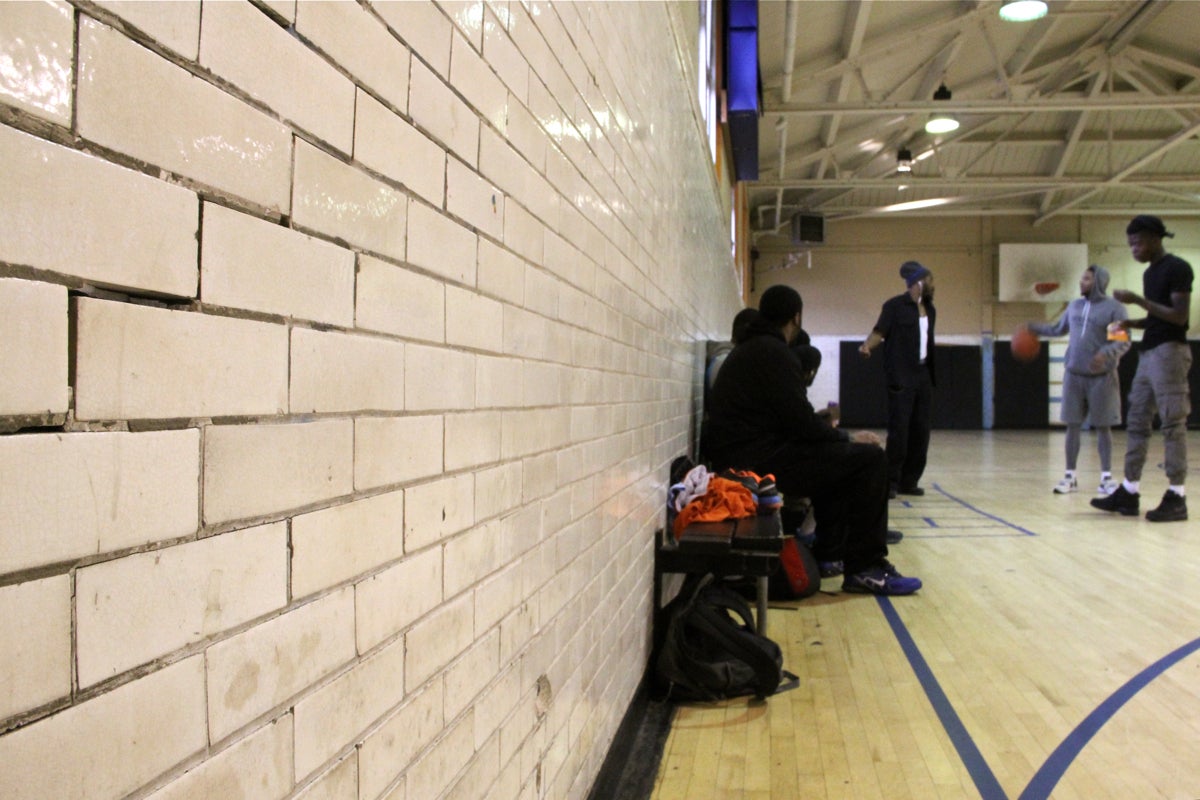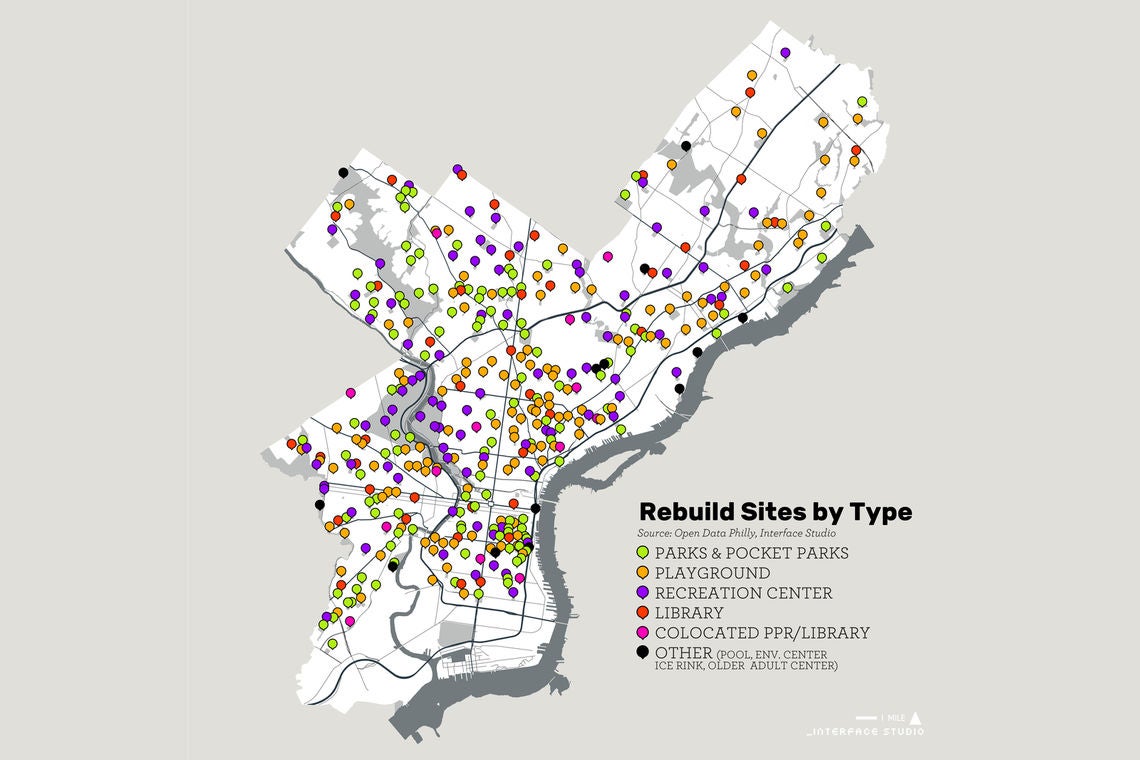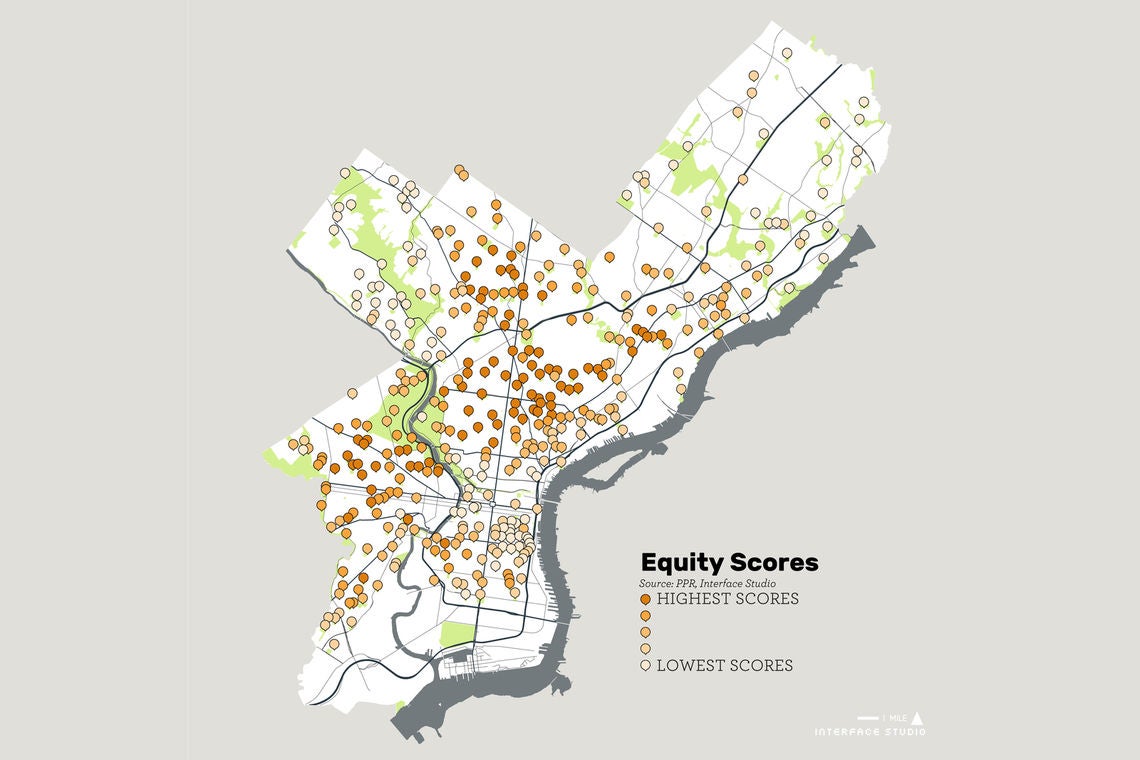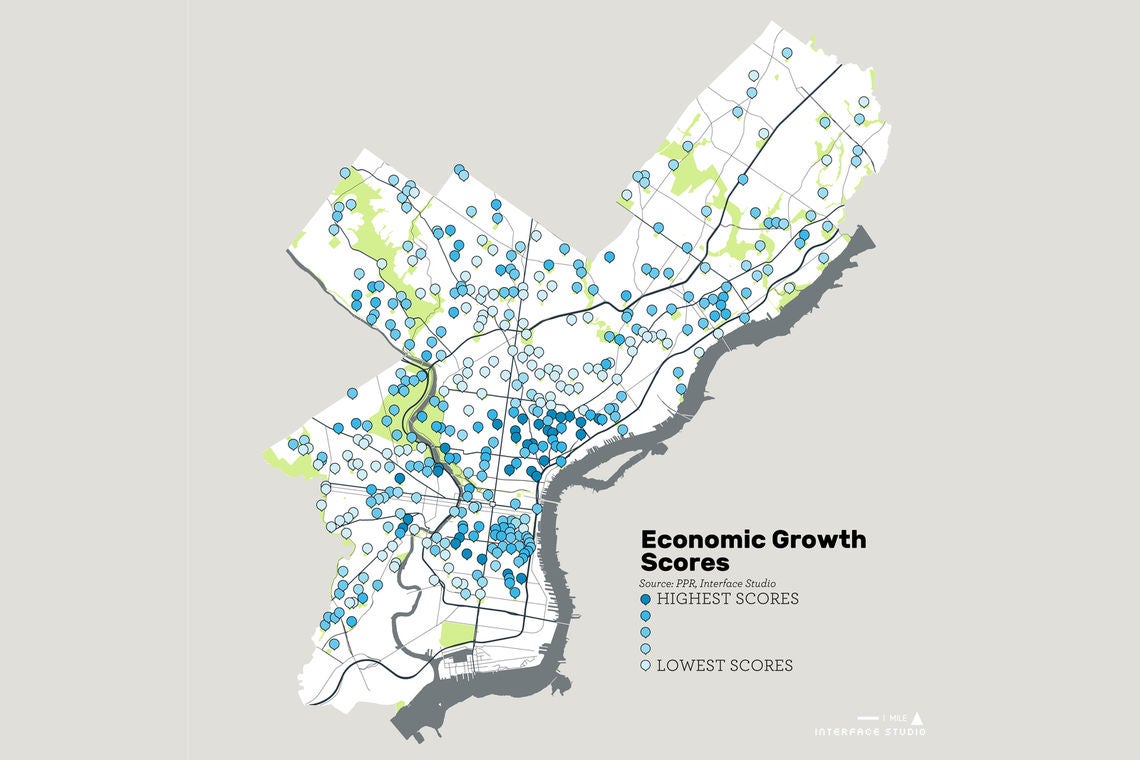Rebuild gets $100 million grant and sharpens focus on equity, economic opportunity

In a city of 1.5 million people, where’s our common ground? The most democratic places in cities can be those we share, the civic spaces that create points of interaction and integration, where strangers become neighbors. But so many of the places that should support a healthy public life, from parks to libraries, are aging and worn threadbare, either overused or neglected.
That’s what Mayor Jim Kenney’s ambitious Rebuilding Community Infrastructure (Rebuild) initiative aims to address through a seven-year plan to invest $500 million in these civic assets. It’s a generational chance to remake Philadelphia’s landscape of civic assets, advancing an equity agenda for neighborhoods by improving public spaces, boosting economic opportunity and civic capacity, and creating social connectivity through capital projects.
Rebuild, which PlanPhilly/NewsWorks first reported on in February, has quietly been gathering steam since it was first announced in the mayor’s budget address in early 2016.
At an event Monday, the William Penn Foundation will formally announce its $100 million commitment to Rebuild – the largest grant in the foundation’s history.
In a statement Shawn McCaney, the foundation’s interim executive director said, “A central aim of William Penn’s public spaces grantmaking over the last few years has been to expand access to high quality public space in neighborhoods outside of Center City. Rebuild represents the opportunity to do that citywide. Under the impressive leadership of Mayor Kenney and Managing Director Michael DiBerardinis, we have great confidence in the city’s capacity to execute a transformation of this scale.”
For the William Penn Foundation, the Rebuild grant builds on the millions it has already invested in recent Philadelphia public space projects and its significant support for the 21st Century Libraries and Reimagining the Civic Commons initiatives.
For the city, the grant is more than a vote of confidence in its ability to deliver on Rebuild’s promise. The foundation’s commitment also offers leverage. Of its total grant, the William Penn Foundation will give $20.2 million by offering $1 for every $2 raised in other philanthropic and public dollars, and $75 million is contingent on the city’s successful issuance of $300 million in bonds.
The administration anticipates asking City Council to vote on a funding ordinance for Rebuild’s bonds in early 2017, and the first of three tranches of $100 million could be released in spring 2017. Rebuild will also see an anticipated $48 million from the city’s capital budget, a portion of revenue from the new sweetened beverage tax going into effect in January, and an additional portion coming potentially from state and federal grants.

As funding for Rebuild comes into sharper focus, the mayoral initiative has also found its theoretical and practical footing in recent months.
Earlier this month PlanPhilly sat down with key city figures in the Rebuild initiative – Managing Director DiBerardinis, Philadelphia Parks and Recreation Commissioner Kathryn Ott Lovell, Rebuild Executive Director Nicole Westerman, Rebuild Deputy Director for Community Engagement and Communications David Gould, as well as mayoral spokeswoman Lauren Hitt – to talk about how the city is working to get Rebuild off the ground.
Rebuild, they stress, is more than fundamental capital improvements for public facilities. The initiative also is being designed as an opportunity to improve workforce diversity and inclusion and to elevate community engagement through the project-based work.
New hires to manage the program align with these pillars: Kira Strong (former Vice President of Community and Economic Development at People’s Emergency Center) will manage the capital projects, Mary Stitt (former City Procurement Commissioner) will focus on the workforce aspect, and Gould left the William Penn Foundation to work on Rebuild’s communications and community engagement. Rounding out the management team will be a to-be-hired finance director.
Since last October, Westerman – who previously worked at PIDC and the School District of Philadelphia on strategic planning – has been the hub of a planning and research process to inform Rebuild.
“The driving force behind Rebuild is equity, meaning that we want to focus investment of Philadelphia’s neediest neighborhoods. A secondary goal is economic growth, meaning that we think that these public sector investments can help to catalyze private sector investment,” Westerman said. “Center City is looking great these days. There are lots of neighborhoods that have not seen this new kind of investment and it is time.”
Westerman notes that Rebuild’s equity agenda for civic asset investment doesn’t come at the expense of projects to support economic vitality in well-heeled parts of the city. Rather, it’s a new calculus. And investment could mean anywhere from a few thousand to a few million dollars in funding.
“I think a critical question is how are we connecting that investment and leveraging it to address our most intractable challenges,” Gould said, pointing to Philadelphia’s progress but also its high poverty rate, and the opportunity Rebuild affords the city to be intentional about addressing those equity issues through project work. “Frankly, it is our responsibility as a government to do that for all of our citizens.”
The administration, for example, sees Rebuild as a unique chance to lead by example to improve workforce diversity and inclusive contracting. Early-stage conversations with the city’s building trade unions are already underway to use Rebuild to develop apprenticeships that train workers. Rebuild projects will also aim for higher participation among minority- and women-owned businesses, and offer a support system to help grow businesses.
“We are not just checking the boxes this time,” Westerman said.
Rebuild’s universe consists of 406 potential sites: rec centers, parks, playgrounds, older adult centers, and libraries. But even with $500 million to spend, improving each of these facilities would be challenging. Early funding from the William Penn Foundation supported a team of consultants, led by Interface Studio, to develop a data- and values-driven analysis, providing baseline site information and a framework to help evaluate priorities.
Interface mapped civic assets against heatmaps showing indicators for equity (poverty, drug offenses, and public health data sets) and economic growth (household growth from 2000-2010, residential building permits, and the Reinvestment Fund’s Market Value Analysis) to contextualize neighborhood conditions. Other considerations folded into the initial analysis were priorities identified in Philadelphia 2035 district plans and Green City, Clean Waters; surveys of usage and physical condition at sites; potential for colocation and current project commitments; and an audit of every facility’s condition with the people who maintain them.
Taken together, it’s a level of data that has never before been collected for the city’s entire system of civic assets. The need is system-wide, not concentrated in any one area of the city and not in one type of resource. Rebuild is sharing this data on its new website as a way to bring visibility and transparency to the ways the city is considering prioritizing its investment.
The Rebuild team will start meeting with Councilmembers this year, data in hand, to share findings and develop a list of priority sites by council district.
“They know the sites in their district as well as anybody. And in most instances the data, I believe, will comport with their interests and with the community interests,” said DiBerardinis. “The data is really the start of the conversation, not the end. Again, I think on some points we will have to negotiate.”
So far the process validates what many in government and neighbors already know about their local facilities – these places need help if they are going to truly meet needs of the communities they serve.
“We have been running on mostly gut and anecdote – and things falling apart,” Ott Lovell said. The condition of Philly’s civic assets isn’t reflective of the huge demand, programming, and workers (volunteer and paid) who invest so much in keeping these places running. Major investment, she said, is the only way to advance change. “We just cannot do more unless we fix the capital infrastructure.”
For DiBerardinis, who started working with the system as Commissioner of Recreation in 1992, the opportunity to shift the city’s thinking about its civic assets is novel. “This is the first time we have had the resources and the opportunity to look at the entire system,” he said. The scale of an initiative like Rebuild brings with it elevated expectations, shifting focus from fundamental functionality to envisioning transformation in collaboration with communities.
“We’re talking about making sure our communities are put in positions to be empowered to steward over their sites, to program over their sites, to engage with themselves in a different way, building on the already terrific work that Parks and Rec and the libraries are doing in terms of reaching out to their constituents,” Gould said.
“I struggle to find the other city department that has this many constituents involved in its day-to-day operations. Operations. This is not like they are just sitting back complaining when a light bulb goes out. They are in our business and we are in theirs. We cannot do it without them and they cannot do it without us,” Ott Lovell said. Rebuild offers the chance to enhance these relationships, finding ways for government to be more responsive to communities.
DiBerardinis said he views Rebuild as much about the city making a commitment to a community, as it is about a community’s commitment to the facility and each other.
“This is not just about rebuilding for rebuilding’s sake,” Ott Lovell said. “We are not going to rebuild the same exact rec center that was built in 1954… We want to rebuild a civic asset that is relevant to communities today. We are not just going to reprogram, we are going to re-create the way we recreate. We are going to reprogram how we work with those communities.”
WHYY is your source for fact-based, in-depth journalism and information. As a nonprofit organization, we rely on financial support from readers like you. Please give today.








